|
ID |
Nickname |
Country / City |
Languages |
Taxonomies |
Comment |
Project / Group |
Map |
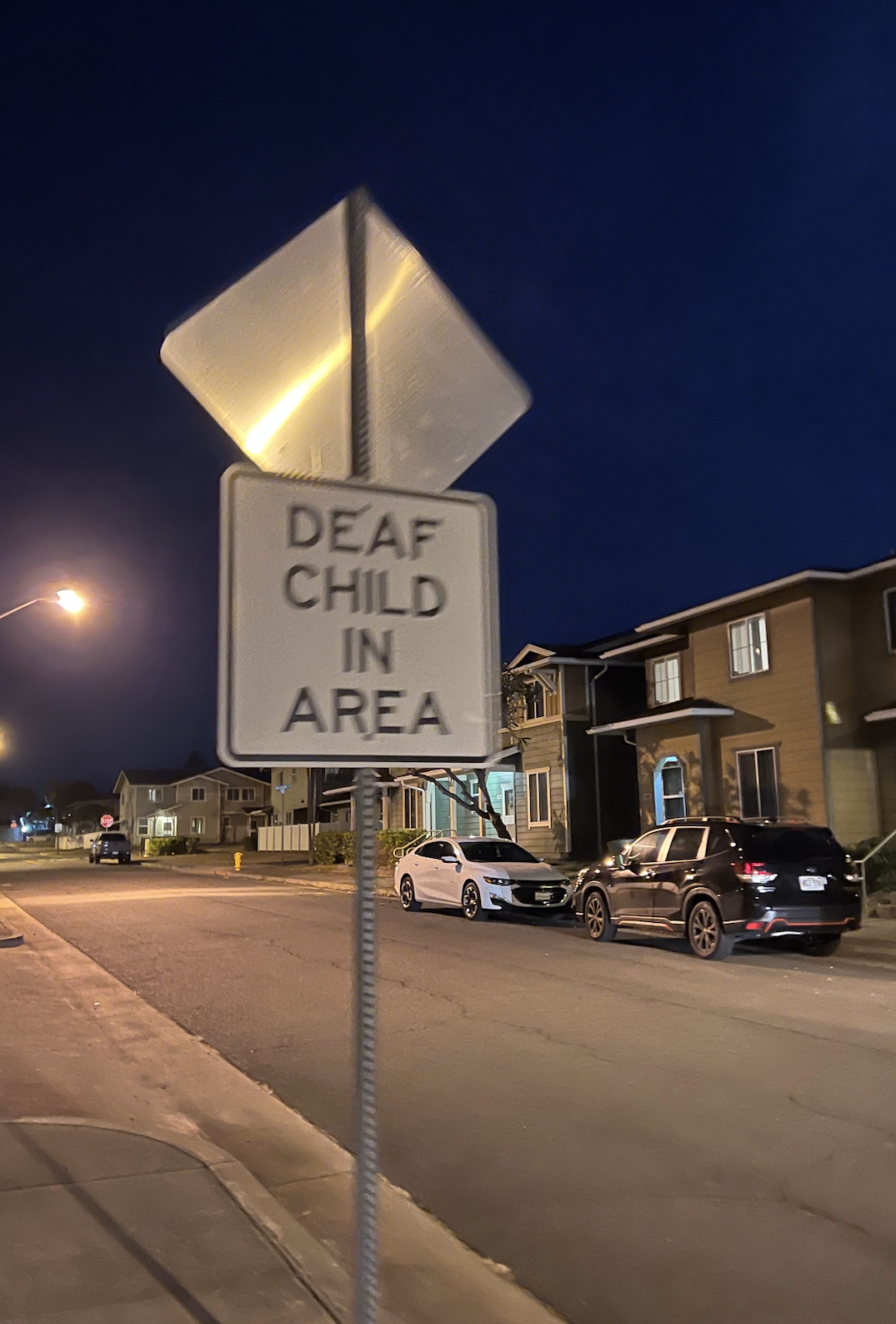
|
149545
|
kylee
|
United States
Honolulu
|
|
|
—
|
Multilingual Hawaiʻi
|
|
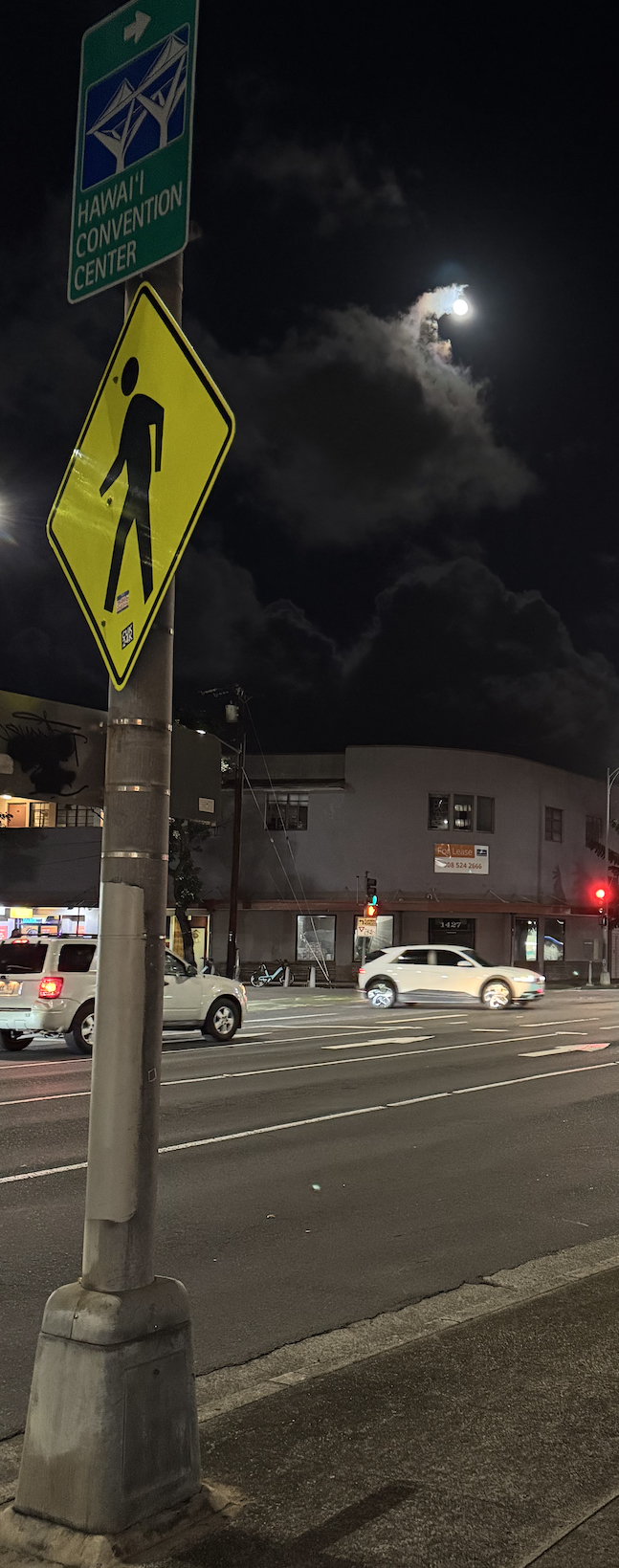
|
149544
|
kylee
|
United States
Honolulu
|
|
|
—
|
Multilingual Hawaiʻi
|
|
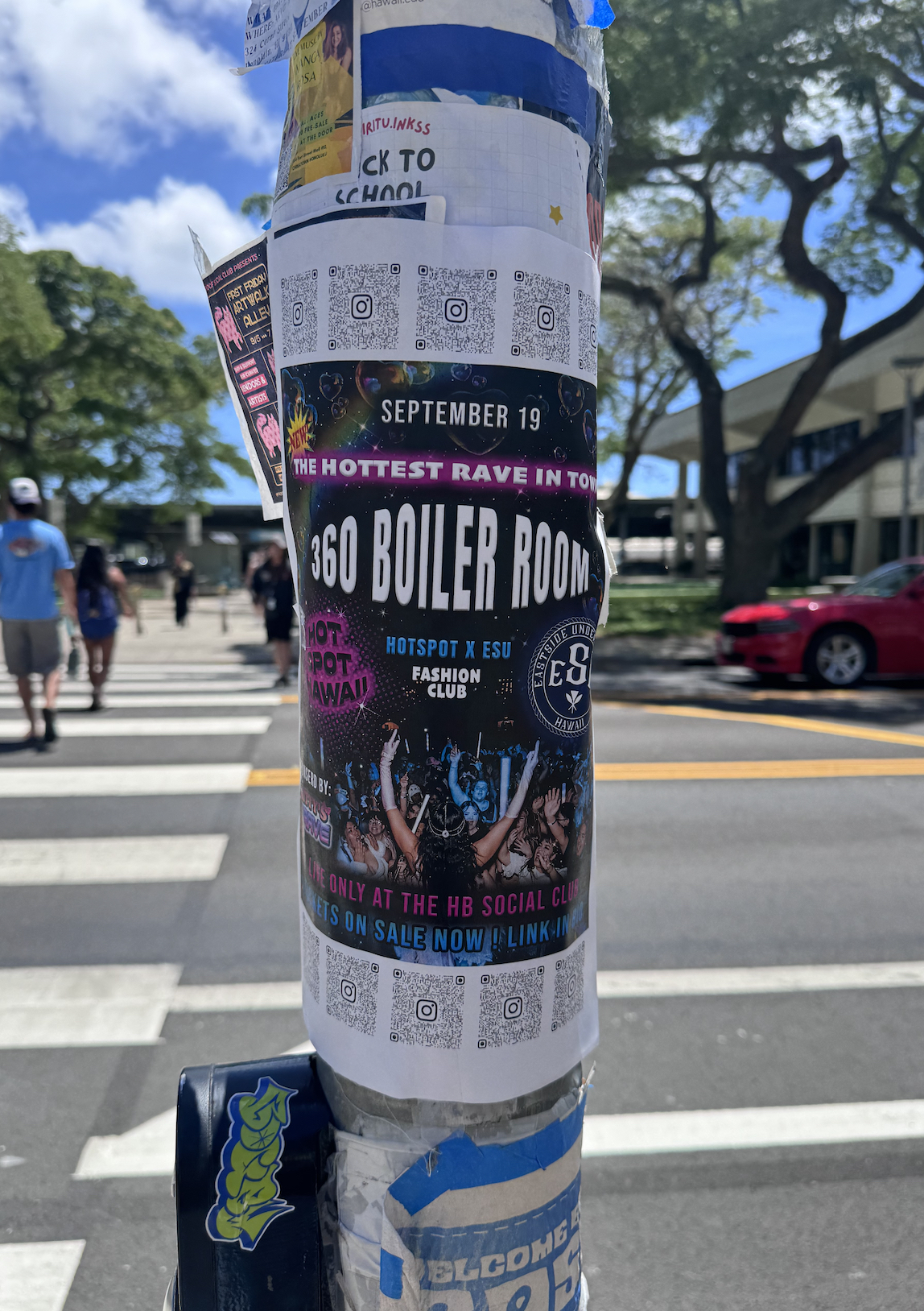
|
149543
|
kylee
|
United States
Honolulu
|
|
|
—
|
Multilingual Hawaiʻi
|
|
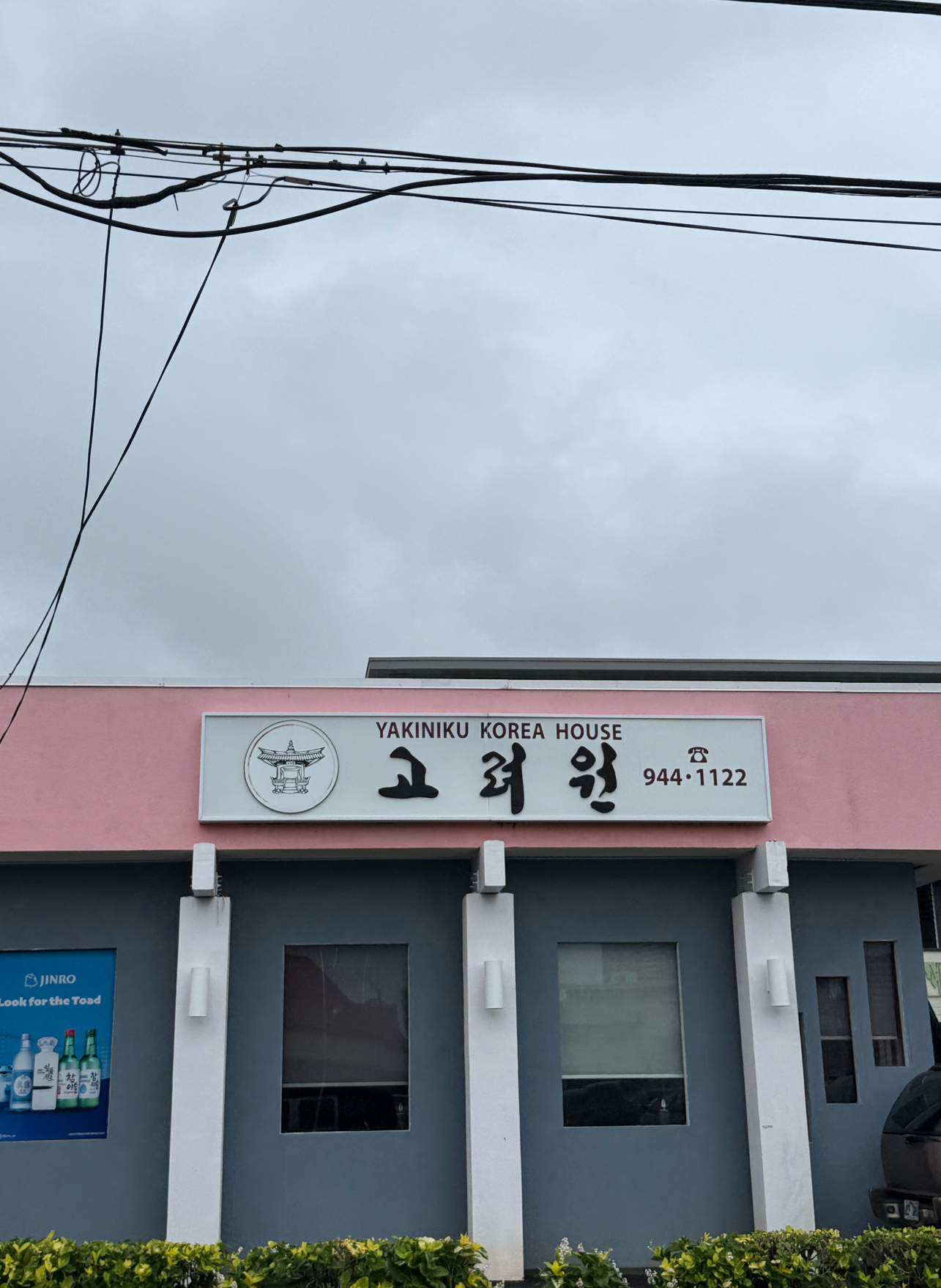
|
149435
|
Grace Rennie
|
United States
Honolulu
|
|
|
English and Korean
|
Multilingual Hawaiʻi
|
|
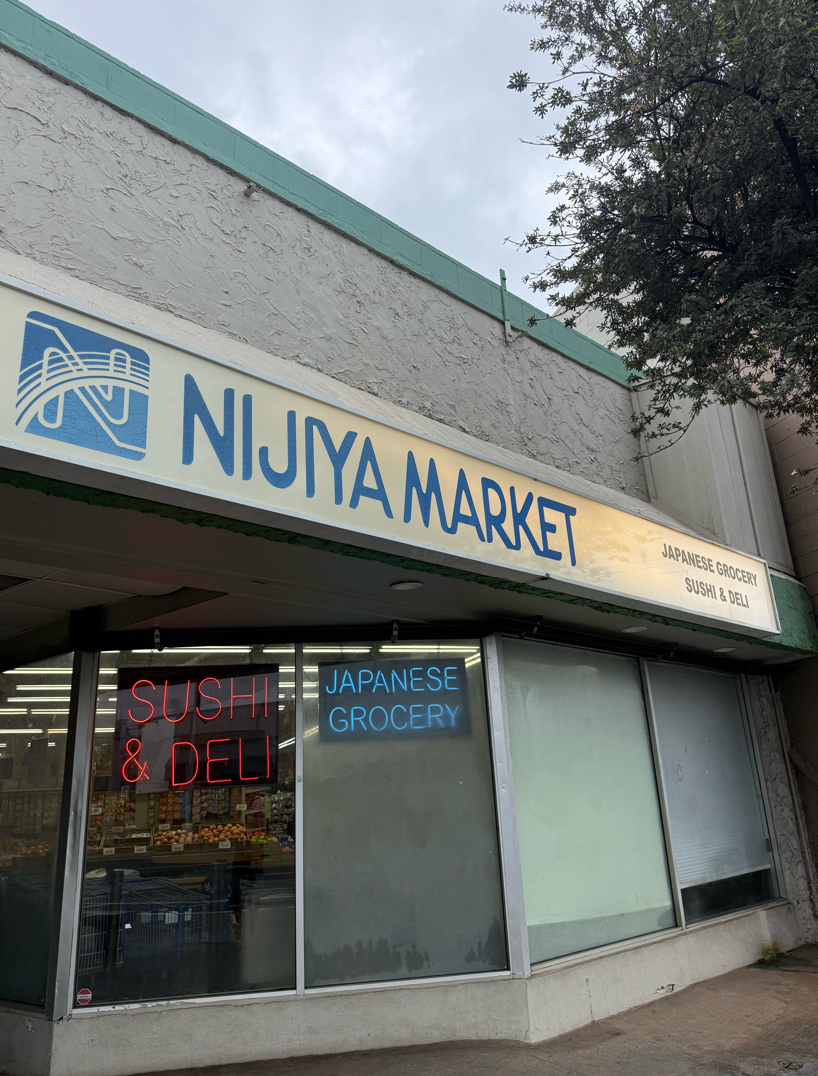
|
149434
|
Grace Rennie
|
United States
Honolulu
|
|
|
English and Japanese
|
Multilingual Hawaiʻi
|
|
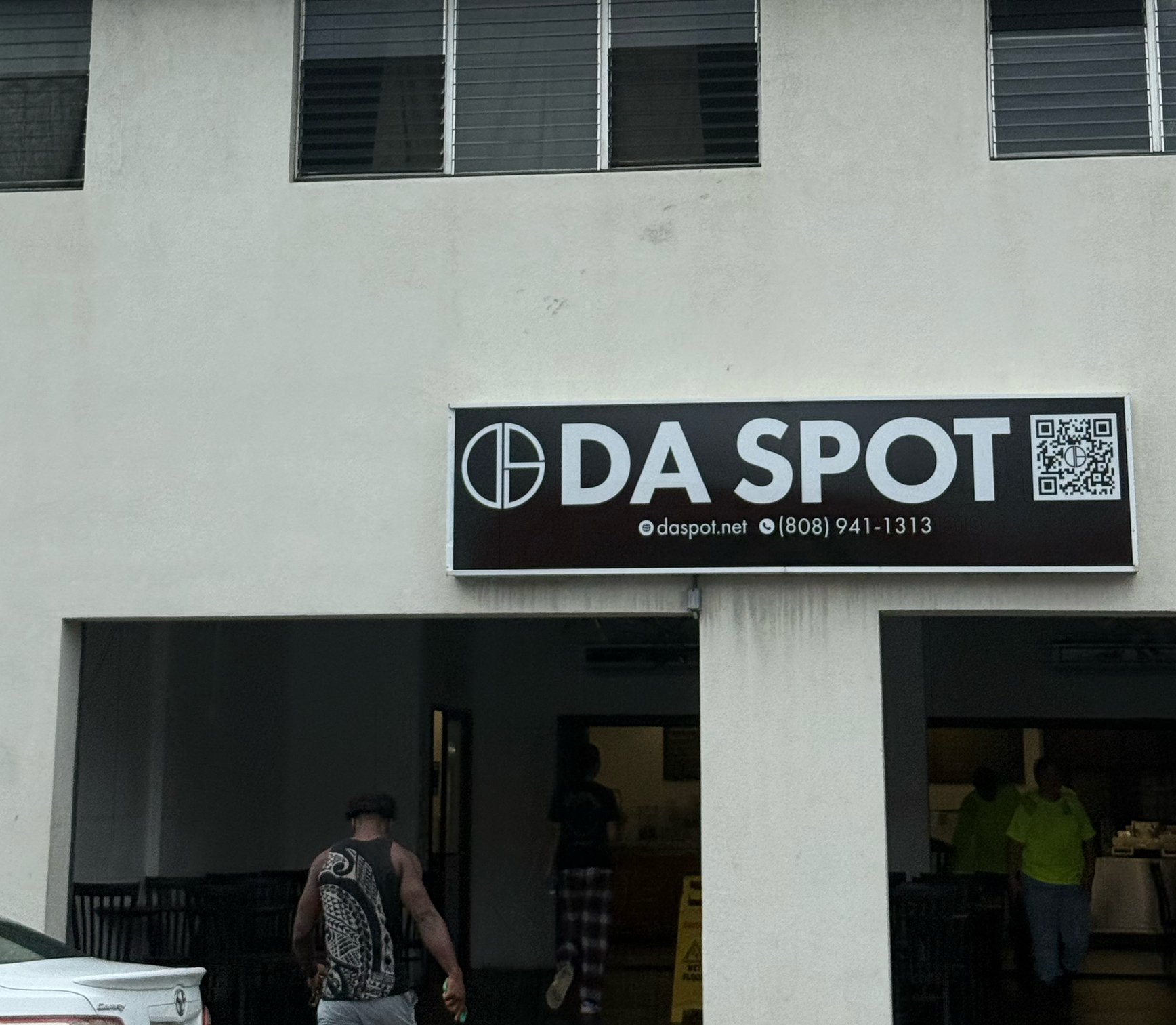
|
149433
|
Grace Rennie
|
United States
Honolulu
|
|
|
English, but the name “Da Spot” reflects pidgin influence.
|
Multilingual Hawaiʻi
|
|
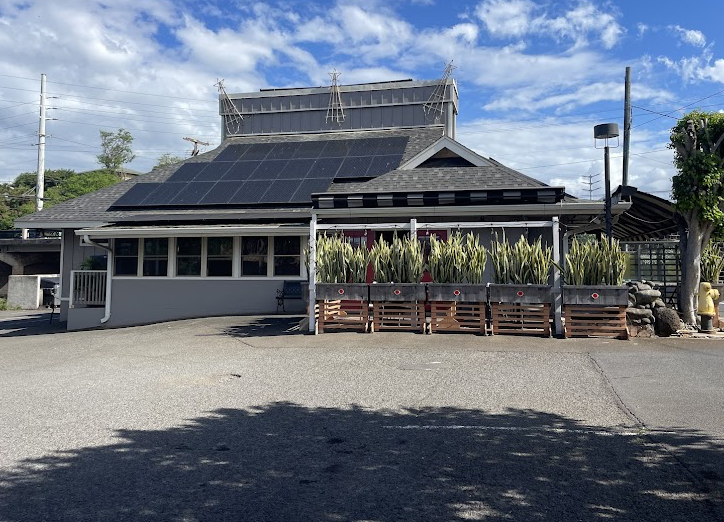
|
149053
|
morenadanti
|
United States
Wailuku
|
|
|
When I took this picture at Pho Saigon in Wailuku, I noticed how the sign and menu include Vietnamese words that I usually don’t pay attention to. Being there made me realize how many languages are around us in Maui without us even thinking about it. The Vietnamese writing shows how important this restaurant is for the local Vietnamese community and anyone who enjoys their food. It also made me think about how language connects people to their culture, even far from home. Seeing Vietnamese used so naturally in public helped me understand how multilingual Hawaiʻi really is.
|
Multilingual Hawaiʻi
|
|
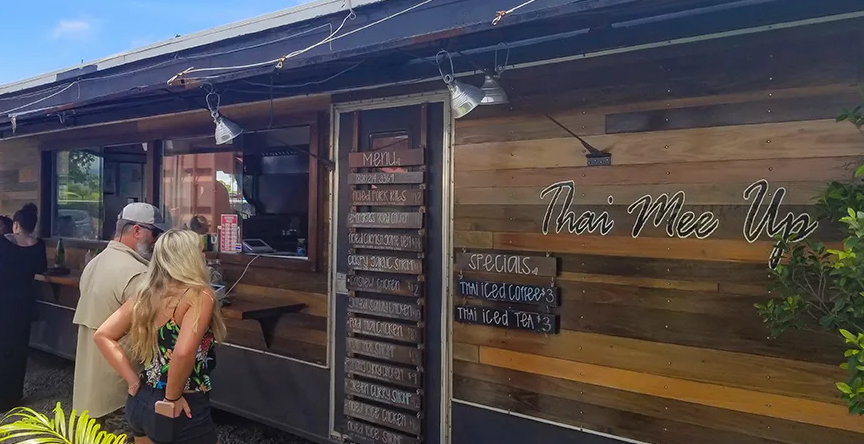
|
149052
|
morenadanti
|
United States
Kihei
|
|
|
When I went to Thai Mee Up in the Kihei location the first thing I noticed was the Thai writing on the food truck. I eaten there before, but I never really stopped to look at the language on the sign. Seeing the Thai script made me think about how many different cultures and languages are part of everyday life in Hawaiʻi. Even something as simple as a food truck becomes a multilingual space. Being there made me pay more attention to how language shows identity, culture, and community, especially in a place as diverse as Maui.
|
Multilingual Hawaiʻi
|
|
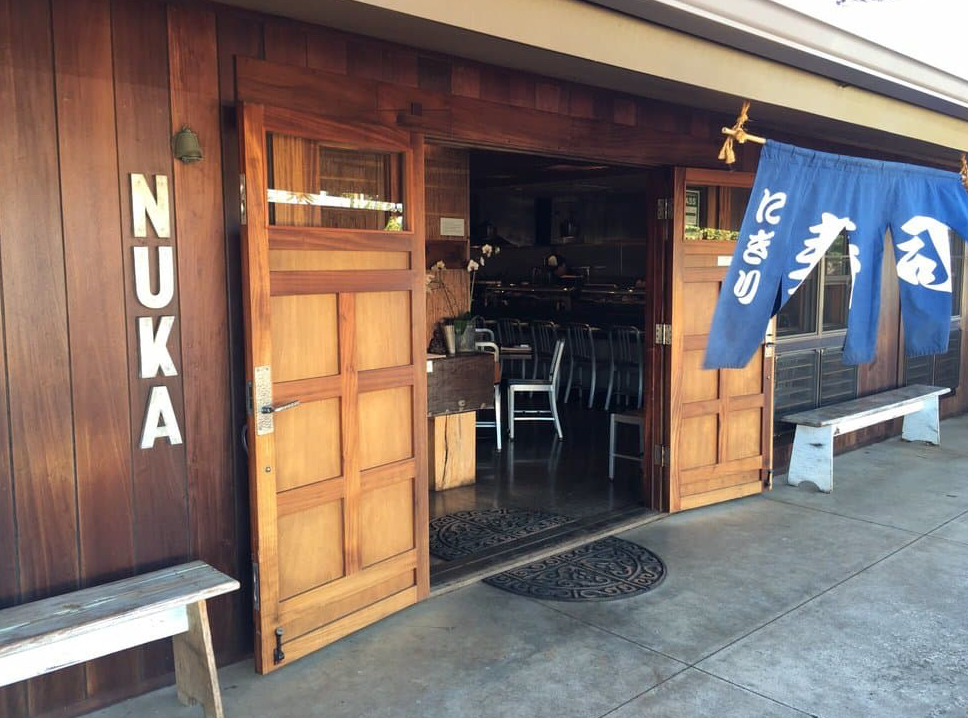
|
149051
|
morenadanti
|
United States
Haiku-Pauwela
|
|
|
When I went to Nuka in Maui, I noticed right away how the sign uses Japanese writing along with English. Being there in person made me realize how normal multilingualism is in Hawaiʻi. I usually walk past signs without thinking, but this time I actually paid attention to the languages being used. Seeing Japanese on the sign made me think about how many visitors and locals speak it, and how the restaurant wants everyone to feel comfortable. It also showed me that language in public spaces is not just for information it reflects culture, community, and who is included.
|
Multilingual Hawaiʻi
|
|

|
148942
|
Nicole P
|
United States
Honolulu
|
|
|
—
|
Multilingual Hawaiʻi
|
|

|
148941
|
Nicole P
|
United States
Honolulu
|
|
|
—
|
Multilingual Hawaiʻi
|
|

|
148940
|
Nicole P
|
United States
Honolulu
|
|
|
—
|
Multilingual Hawaiʻi
|
|
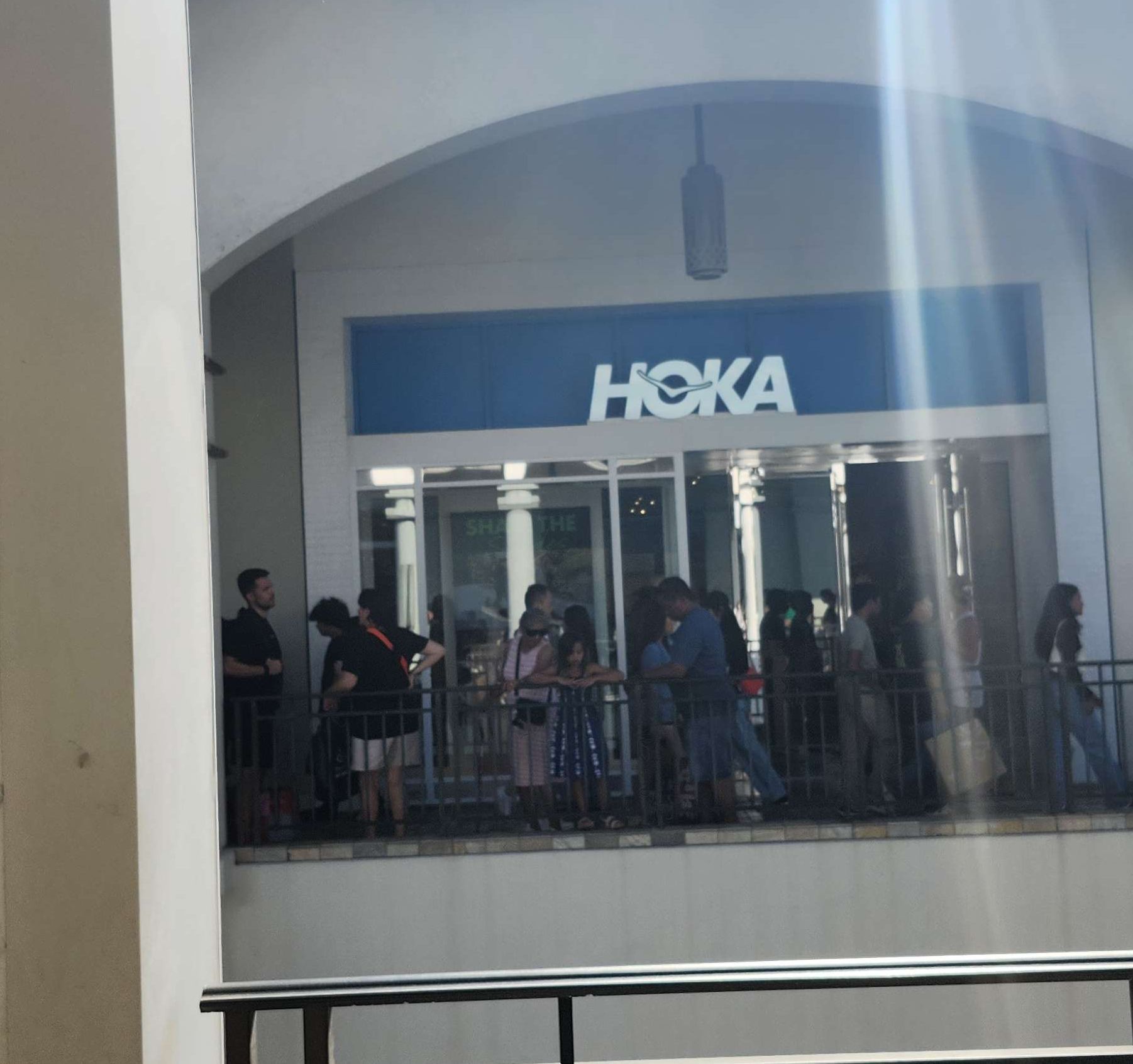
|
148860
|
ronaleid
|
United States
Honolulu
|
|
|
Seeing the HOKA store signage at Ala Moana reminded me of how global languages and cultural meaning flows through everyday spaces in Hawai’i. Hoka means “to fly” in Māori, and the bird embedded in the “O” symbolizes movement, freedom, and uplift, ideas that resonate strongly in an island context. Even in a commercial setting, this small linguistic detail carries cultural significance and reflects how Indigenous languages from across the Pacific appear in our public landscape. Standing in line outside the store, I became more aware of how multilingual branding connects communities, introduces shared symbolism, and adds depth to our shopping environment.
|
Multilingual Hawaiʻi
|
|
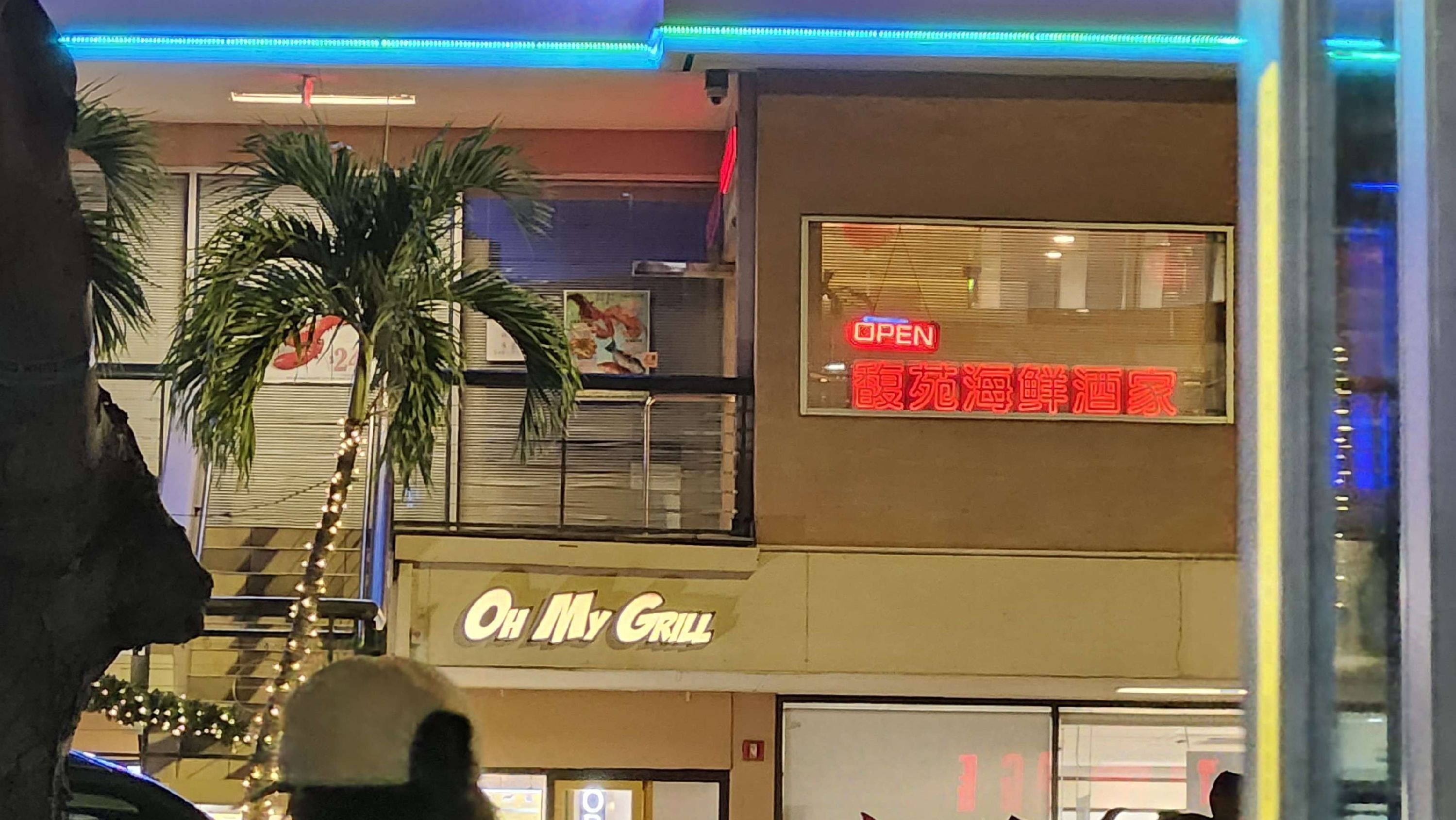
|
148859
|
ronaleid
|
United States
Honolulu
|
|
|
This photo of the Chinese signage at Fook Yuen Seafood Restaurant, one of my favorite places to eat, reminds me of how multilingualism shapes everyday life in Hawai’i. The bright Chinese characters feel familiar and comforting, signaling a cultural presence that has long been part of our islands. Seeing this signage alongside English storefronts reflects the coexistence of immigrant histories and local identity in shared public spaces. For me, dining here is more than enjoying good food, it’s a reminder of how language preserves heritage, builds community, and keeps cultural traditions visible. It shows how multilingual spaces quietly enrich Hawai’i’s urban landscape.
|
Multilingual Hawaiʻi
|
|
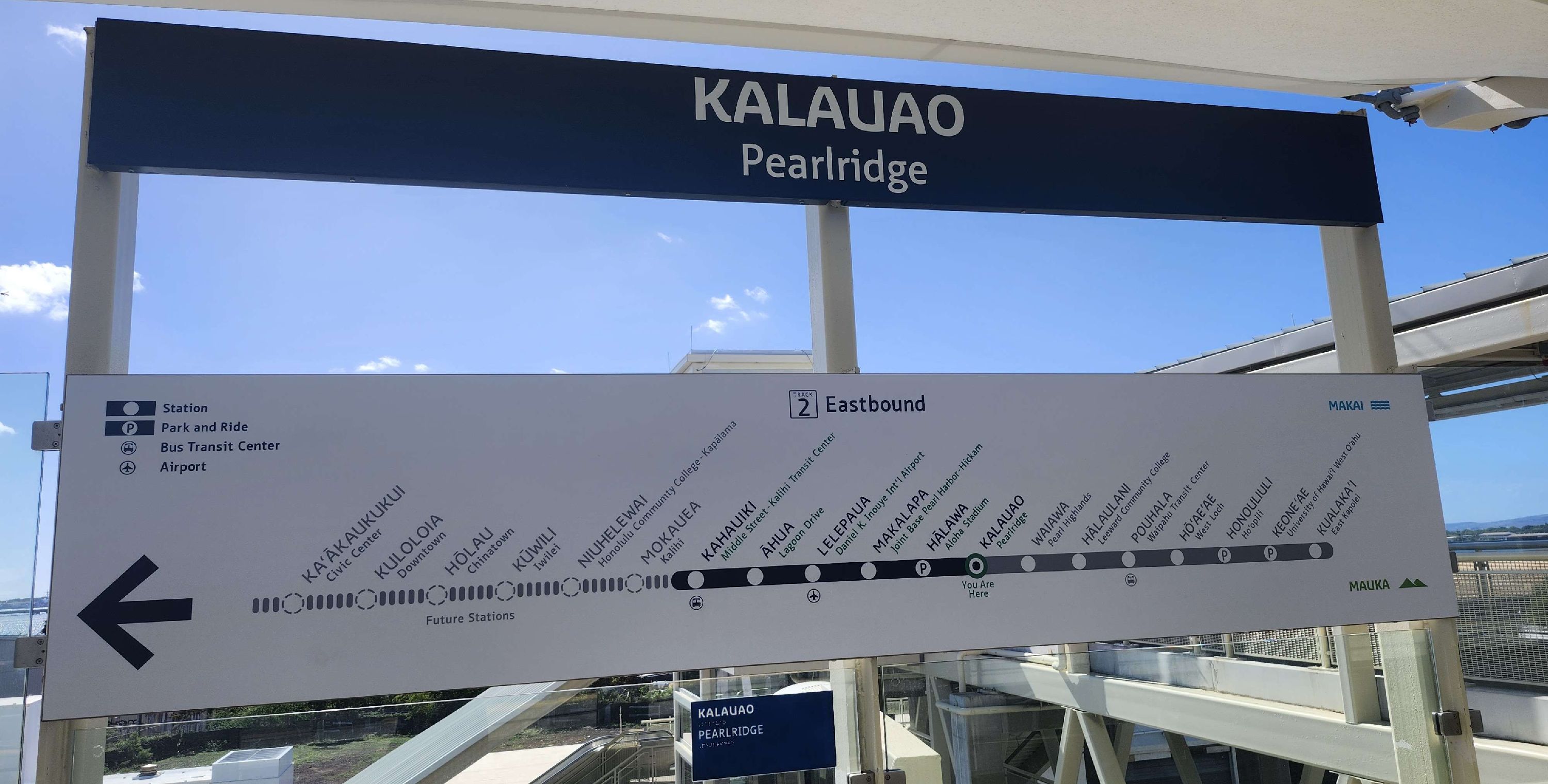
|
148858
|
ronaleid
|
United States
Waimalu
|
|
|
The newly opened Kalauao, Pearlridge rail station represents how multilingualism is woven into everyday life in Hawai’i. Seeing Hawaiian place names displayed prominently alongside English reminds me that movement through the islands is also movement through layered histories and languages. As I commute from Kalauao to Lagoon Drive (Āhua) and transfer to the bus to reach school, I am constantly navigating these linguistic landscapes and becoming more conscious of the stories they carry. This daily journey makes me more aware of how public infrastructure can honor Indigenous language, promote accessibility, and reinforce the cultural identity of Hawai’i’s communities in meaningful, visible ways.
|
Multilingual Hawaiʻi
|
|
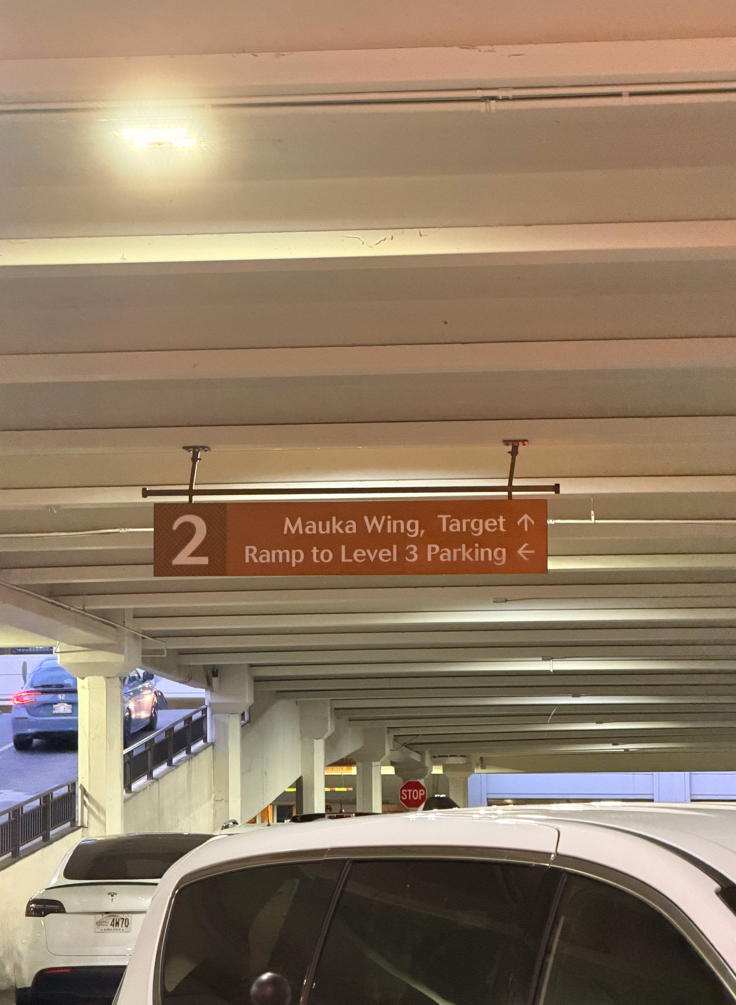
|
147941
|
catherine
|
United States
Honolulu
|
|
|
I took this photo on the main level of Ala Moana, right across from the Lanaʻi Food Court. The sign says “Mauka Wing,” which means “toward the mountains” in Hawaiian. I found it interesting how the mall uses Hawaiian words very frequently in its directional signs. Even the food court itself is named “Lānaʻi,” which is another island here. Seeing Hawaiian used in everyday signage and throughout such a large institution shows an effort to incorporate the language, even if it can sometimes feel a bit inauthentic. Still, noticing Hawaiian in these directional signs made me realize again how multicultural and multilingual Hawaiʻi is.
|
Multilingual Hawaiʻi
|
|
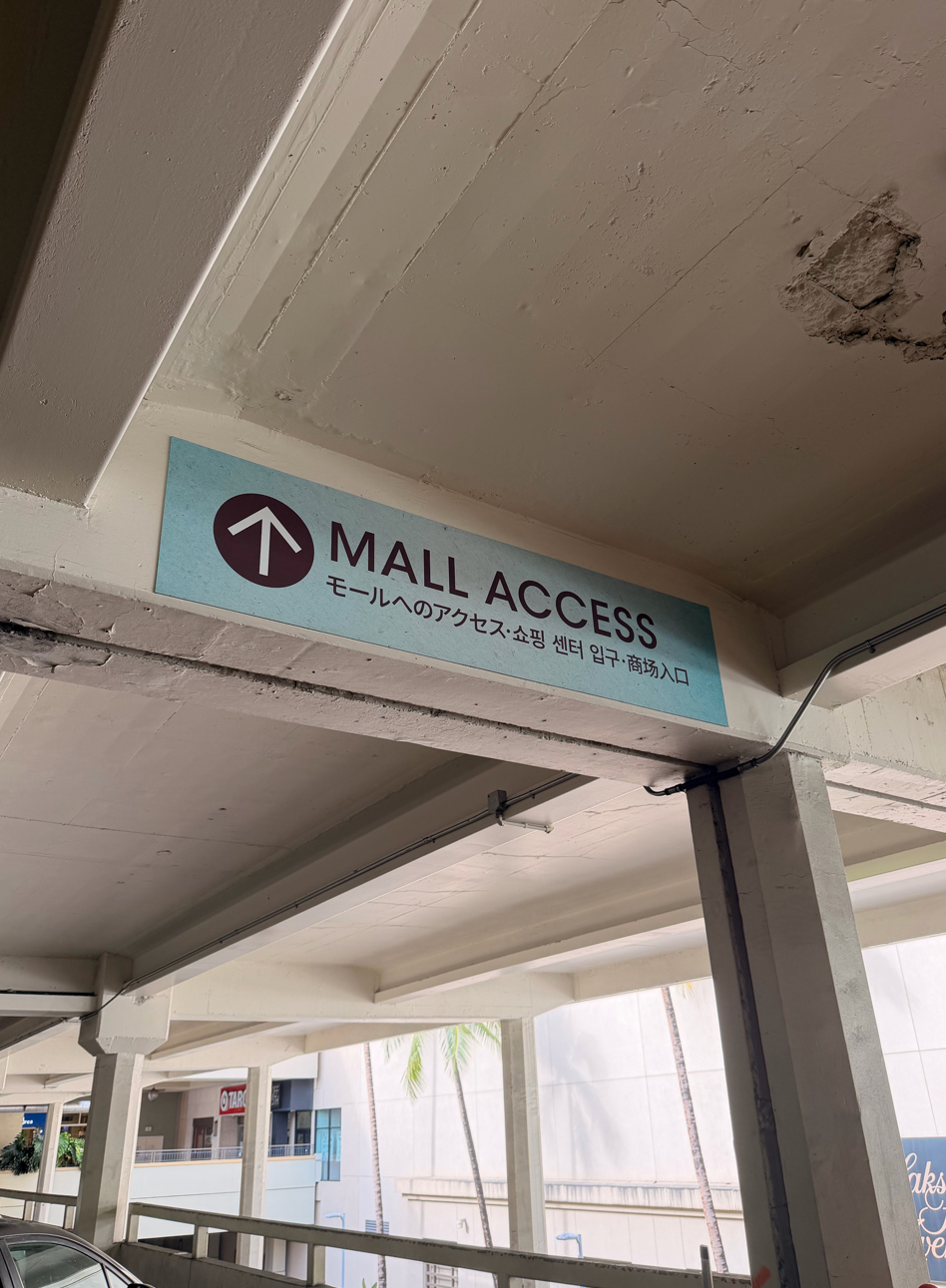
|
147940
|
catherine
|
United States
Honolulu
|
|
|
While I was driving through the Ala Moana parking lot on the main level next to Target, it was the first time I noticed this “Mall Access” sign, even though I’ve driven past it many times. It caught my attention because the sign is in English, Japanese, Korean, and Chinese. Since this sign is in an older wing of the mall, it’s probably been here for many years without me noticing, which shows how long Hawai‘i has been a multicultural environment. Although Ala Moana is a touristy place, it was still interesting to see such a general sign in four languages. The Japanese, Korean, and Chinese all translate to “Mall Access.” Seeing multiple languages layered into a simple directional sign made me realize how deeply multilingualism is built into Hawai‘i’s public spaces, even in areas we overlook.
|
Multilingual Hawaiʻi
|
|

|
147939
|
catherine
|
United States
Honolulu
|
|
|
While I was driving on Kapiolani Blvd, getting ready to turn onto Atkinson, I noticed this Korean restaurant, Chogajip, with its name written in English and “초가집” written next to it. After searching up what this means, I found that it says “thatched house,” which refers to a traditional Korean home. I found this interesting because it’s not only multicultural, but it’s also something only someone proficient in Korean would understand. The only English on the sign is “Korean Restaurant and Bar,” while the Korean wording conveys a homelike taste and environment. Seeing this bilingual signage sending different messages to different audiences shows how openly multicultural Hawaiʻi is.
|
Multilingual Hawaiʻi
|
|

|
147910
|
remy
|
United States
Honolulu
|
|
|
‘Ōlelo Hawai’i
|
Multilingual Hawaiʻi
|
|

|
135665
|
Solo
|
United States
Honolulu
|
|
|
—
|
Multilingual Hawaiʻi
|
|